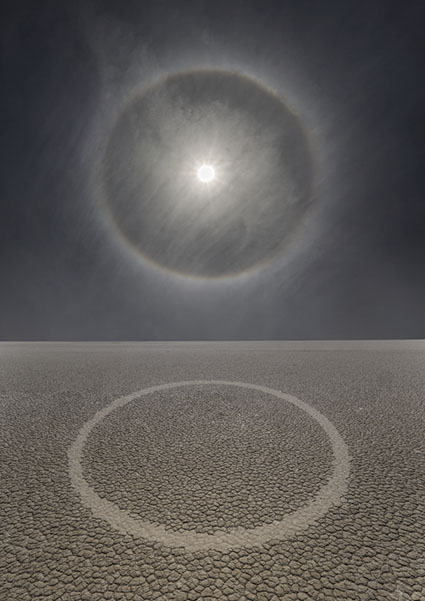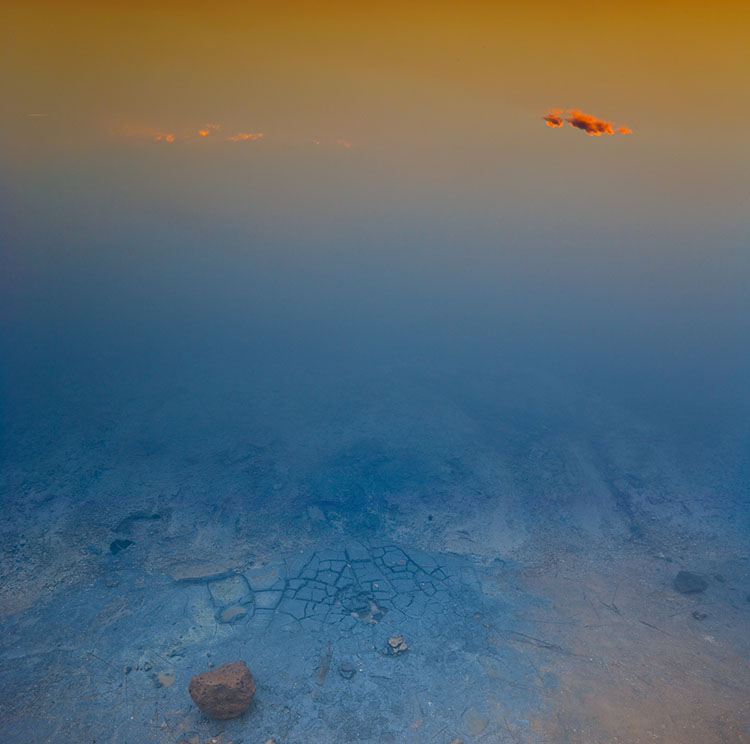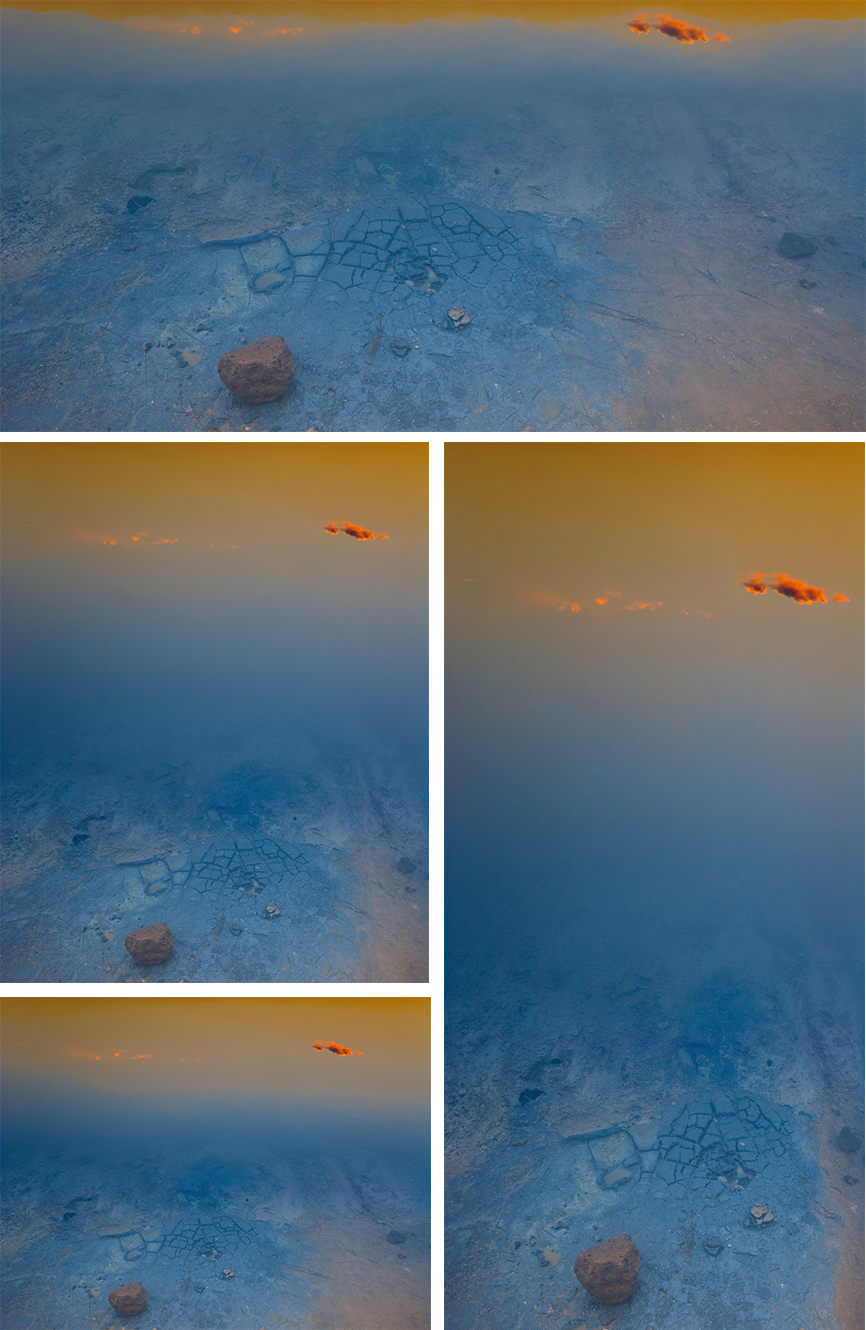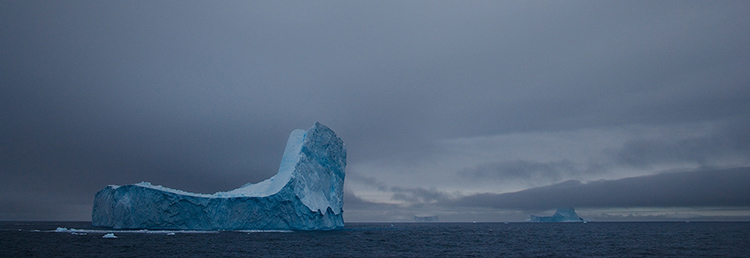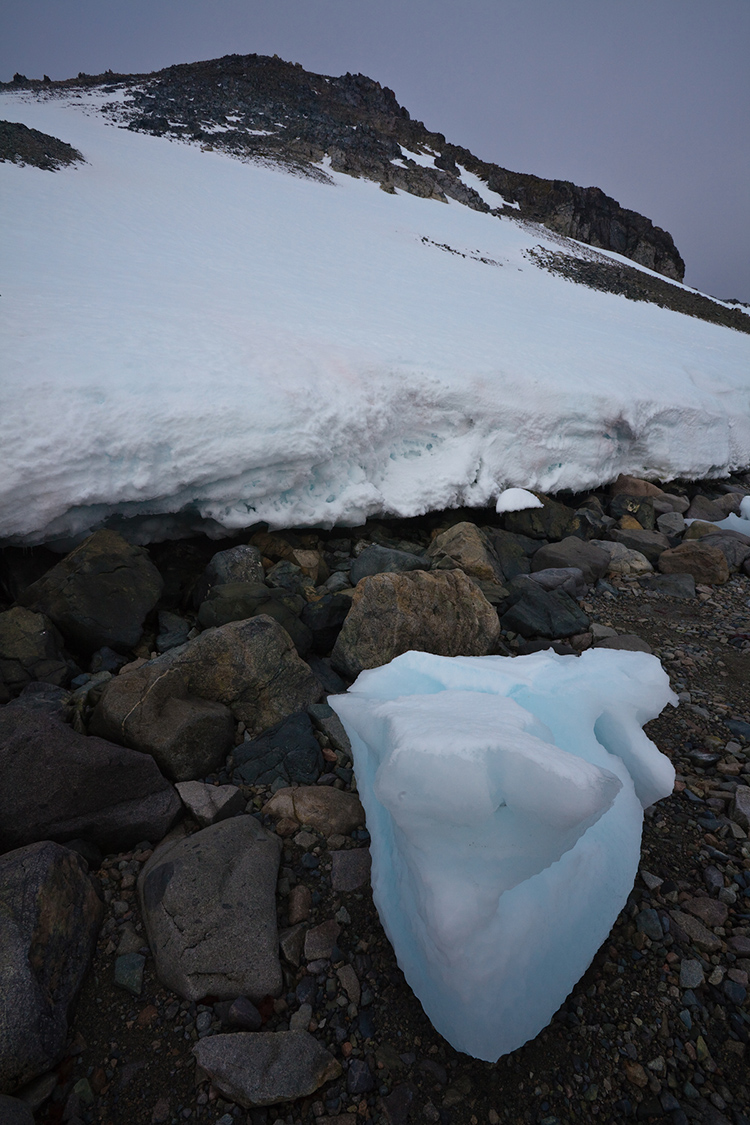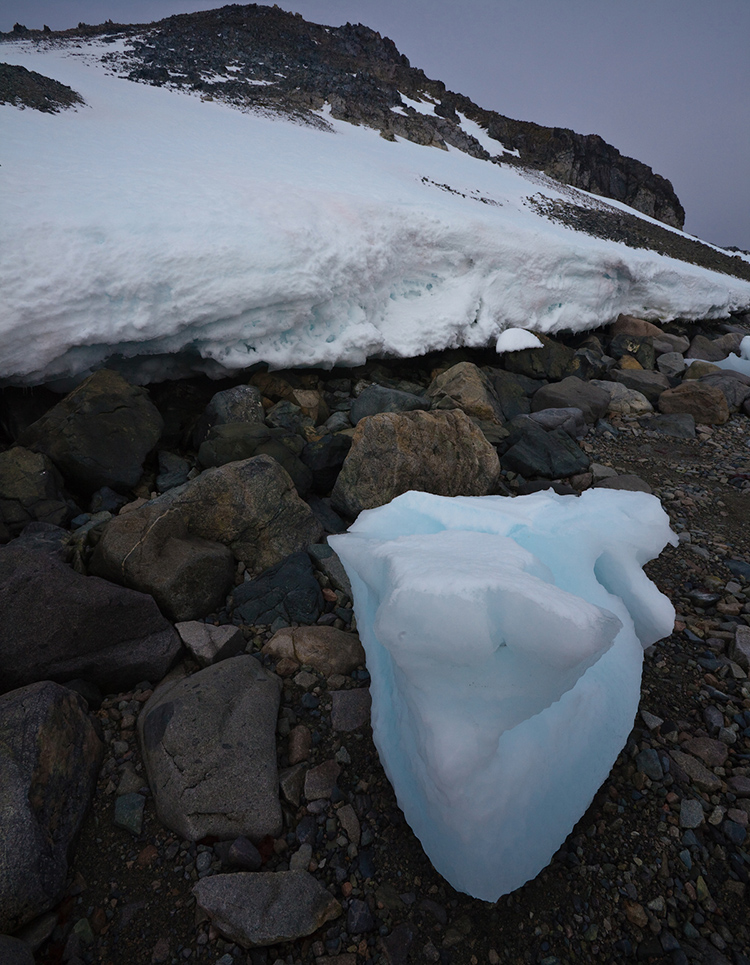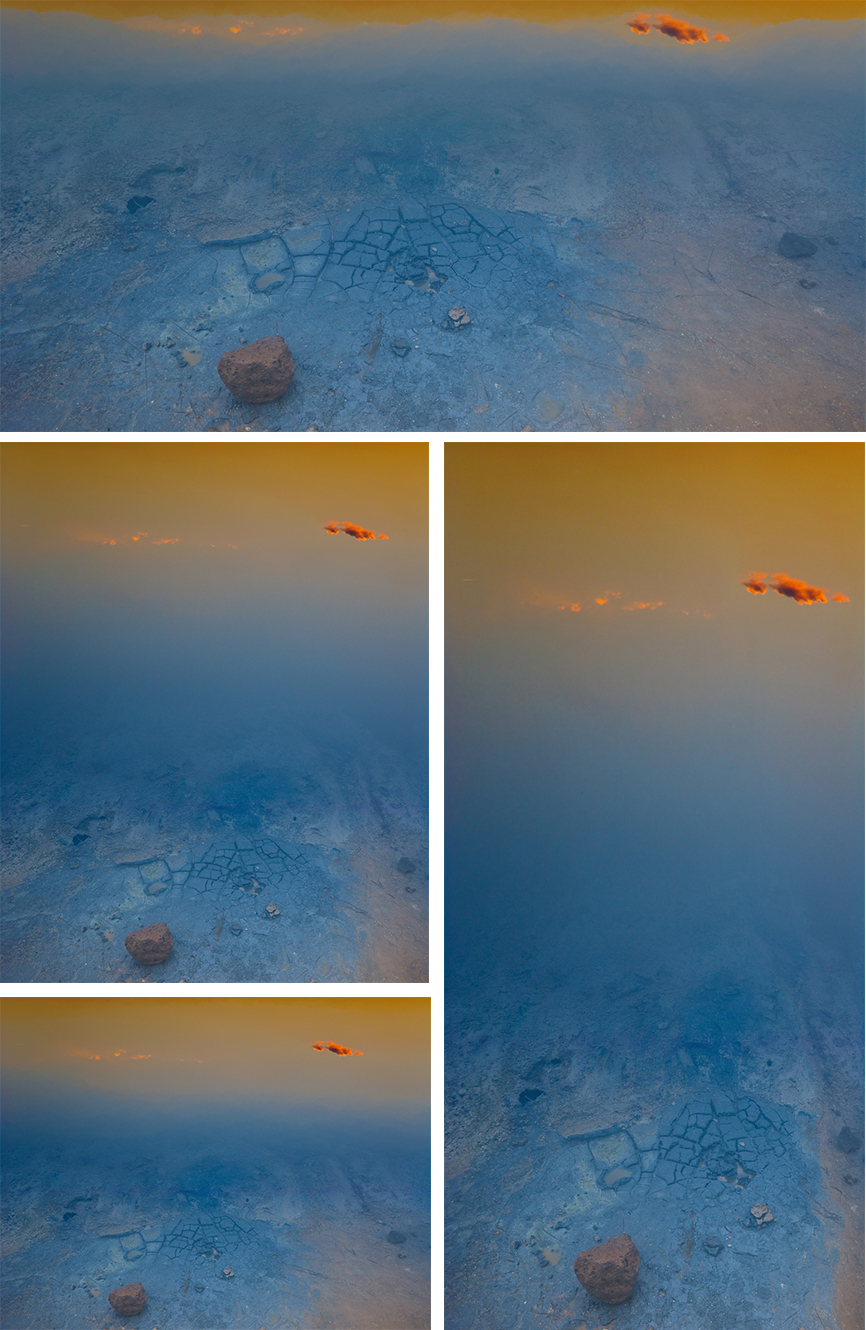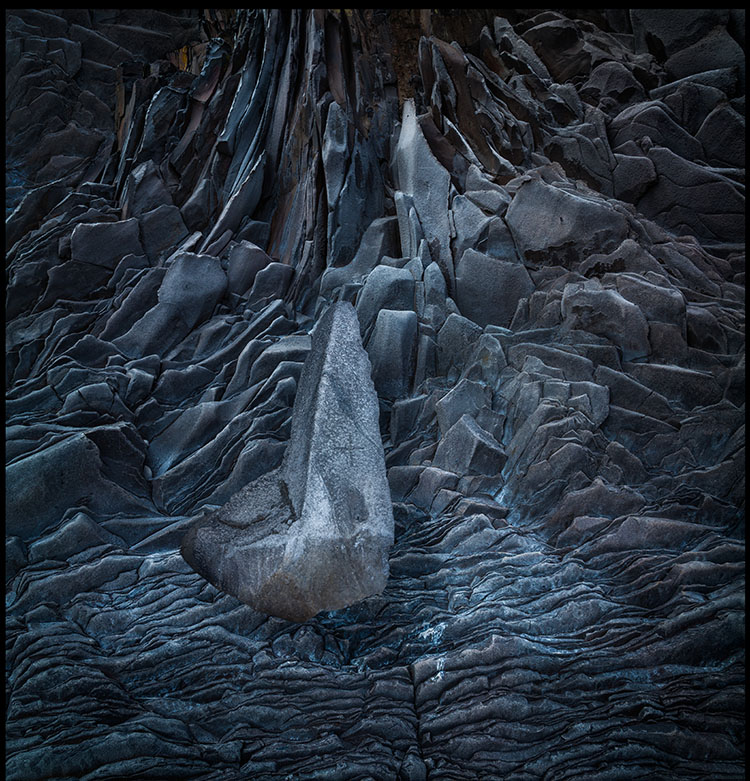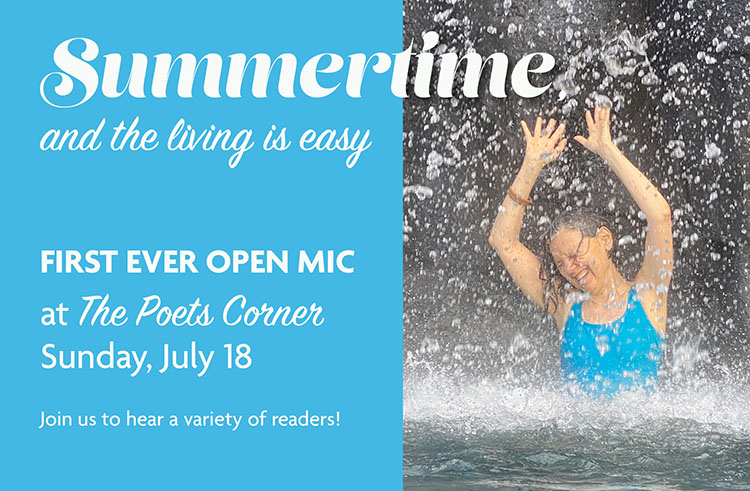Talk With Yourself
When was the last time you wished you had someone to listen to you? When was the last time you listened to yourself? We all want to be heard. Don’t wait for someone else to come along, do what only you can do for you. Listen – carefully.
Turn Your Inner Monolog Into A Dialog
Go ahead, talk to yourself. Don’t worry, it’s not crazy. We all do it. Don’t think so? Try not to do it. Monks spend years developing the ability to empty their minds so they can be here now instead of imagining what did, could have, or might happen.
We see things, we hear things, we feel things, we do things, we react, and all the while we interpret what we’re experiencing if we’re not stuck in our past or planning a future. That’s part of creating our story, the essential narrative we shape from too many facts.
We all have a running commentary provided by our minds and tuning into how it goes and flows can be very useful.
Speaking your mind can help you become clearer about what’s on it. Where did that come from? Pay closer attention to find out. Broken record? Skip a track. It’s your choice, whether you decide to speak your mind silently in your head or speak your mind out loud, either alone or in the presence of others under the right circumstances. No one ever has to know how much you talk to yourself; they rarely know how much they talk to themselves. Most of the time, we’ve become so accustomed to the familiar voices inside of us that we’re often unaware of what’s being said and who’s saying it. It seems natural to us. That’s just the way it is. But, in reality, that’s the way we are. If we actively listen to ourselves, we become more self-aware and realize we have many more choices available to us.
Be More Creative By Changing The Voices You Use
Do you ever get tired of the sound of your own voice? Same old same old? Try another. People often talk about how helpful it can be to hear another’s perspective, but they don’t talk often enough about how you can get other perspectives from yourself.
We all have many different voices within us – aspects of ourselves that can be seen as being distinct from one another – an optimist, a realist, a pessimist, an inner critic, a cheerleader – they all set different tones and offer different perspectives, which can be very useful when you’re looking for better ways to do things or ways to get more out of your life, with and without art Expand your mental wardrobe. You can wear many hats. Imagine your inner voice speaking to you at different ages – your inner child, your adult, your elder. Try on a few Jungian archetypes – a child, a lover, a parent, a warrior, a dreamer, a scientist, etc.
We can make the life of our inner community richer and more dynamic by encouraging these separate voices to speak in turn and even to speak to each other. Over time we may even discover that each voice has a consistent set of concerns and skills and knowing this can help us decide which voice to call on in a given situation. This is a more personal version of the very useful question, “What would (Add the name of a person with a potentially useful perspective.) do ?”
When you’re working with your personal advisory council, it can be helpful to put a neutral moderator in charge of conversations. His or her job is simply to listen and observe non-judgmentally and to make sure everyone is heard. At times your moderator may direct specific questions or make a motion to table one issue and move on to other subjects. Later, you can weigh the evidence, draw conclusions, and make decisions about what you’d like to do or not do.
This imaginative exploration can be extremely useful. We not only come to better understand ourselves, we also come in contact with vast sources of information and understanding that we often leave untapped. The best thing about listening to ourselves is that we come to realize we have many more perspectives to draw from and options to choose from than we had previously imagined.
Is your self-talk good talk? Is it useful? If not, change it. It’s your talk. While you’re at it ask “How many ways can talking to myself be useful?” Your imagination can offer you unlimited possibilities and the only thing limiting you is giving yourself permission to explore them.
So go ahead. Talk with yourselves. You’re sure to find surprises, delights, and many interesting perspectives.
Read more in my Writing Resources.
Learn more in my Creativity Workshops.



